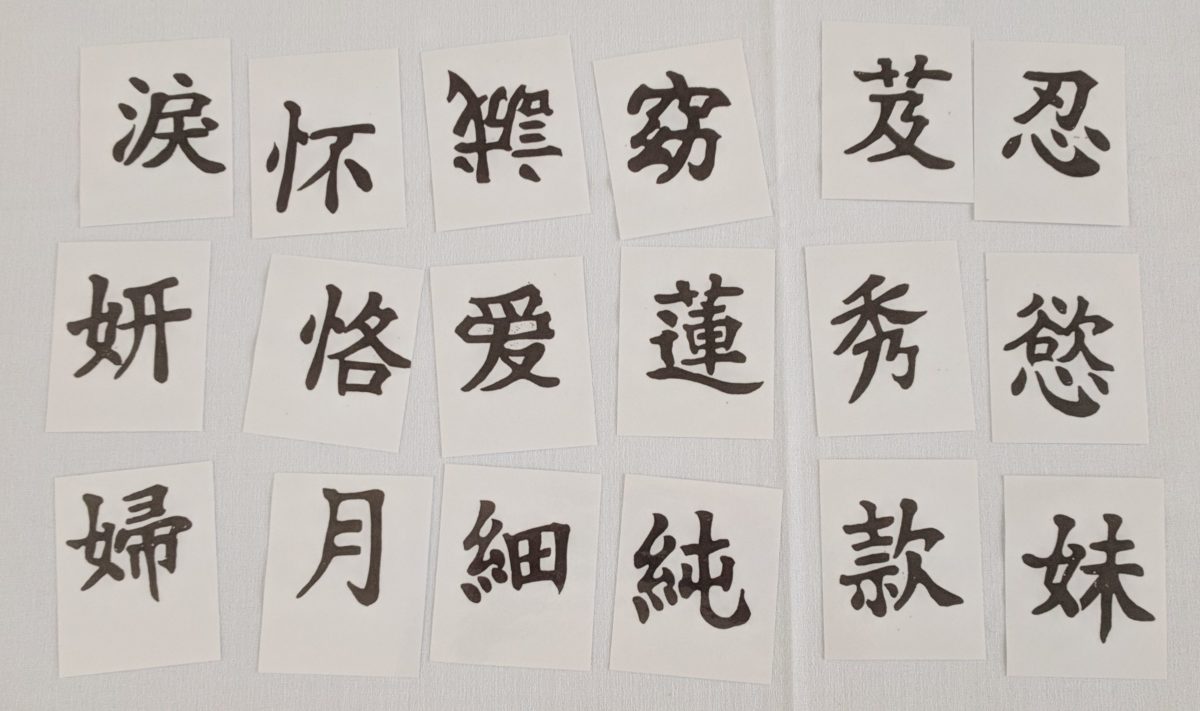Kanjis is an icebreaker to warm up a team for a long meeting.
I had the idea for the game while listening to John Cleese speaking during a Talk at Google:
“There was a very interesting experiment. A psychologist showed a group of people some Chinese ideogram characters. They came back next week, and they said to the people: ‘now we’re going to show you some more, some of the ones you saw last week, some new, will you tell us which ones you saw last week.’ They were absolutely hopeless. Nobody could do it at all. It was exactly chance. Then they repeated the experiment the second time, they said on the second showing: ‘we’re going to show you some more ideograms, will you tell us which ones you like.’ And the ones they liked were the ones they’d seen the week before. So, the information was in there in the unconscious, but it couldn’t be accessed in a straightforward way.”
John Cleese, during a talk at Google in 2015.
How does it work?
A group of more than eight people is asked to watch a set of cards figuring Kanjis for one minute. The facilitator splits the group in half.
Group A is sent outside of the room for roughly five minutes, and the members are asked to introduce themselves.
Group B stays in the room and is asked to quickly introduce themselves in three words while the facilitator prepares the next step of the game. The group is presented with a new set of cards and asked to tell, as a group, which ones come from the previous set. The facilitator marks the selected cards on the back and prepares the set of cards for Group A.
When Group A comes back into the room, the facilitator invites them to tell which cards they like.
What is happening?
Group B usually finds it very difficult to identify the cards that were part of the first selection. They could find some of them in their small pick, habitually, because one of the participants made an association with something meaningful.
Group A, when asked about the cards they like, are identifying the cards that were part of the previous set. They often pick all of them, and when they don’t, their wrong picks are similar to the ones they should have picked.
When we are asked the first rationale question, we only use the logical part of our brain and tend to activate limiting beliefs. People say things like: I don’t have a good memory, the cards don’t make any sense. Also, the group is asked to answer “as a group” which activates fears of being wrong and being judged by others. Peer pressure shuts down some of those who prefer to remain silent instead of making a mistake.
When we are asked the second emotional question, we now access all of our brains. Of course, during the first phase, our brain records all the cards, and when asked which one we like, our brain simply matches what is already known. We tend to like what we know.
The words that we choose, as the facilitator or as participants, have a strong impact on the participant’s ability to engage fully and to access all their resources.
